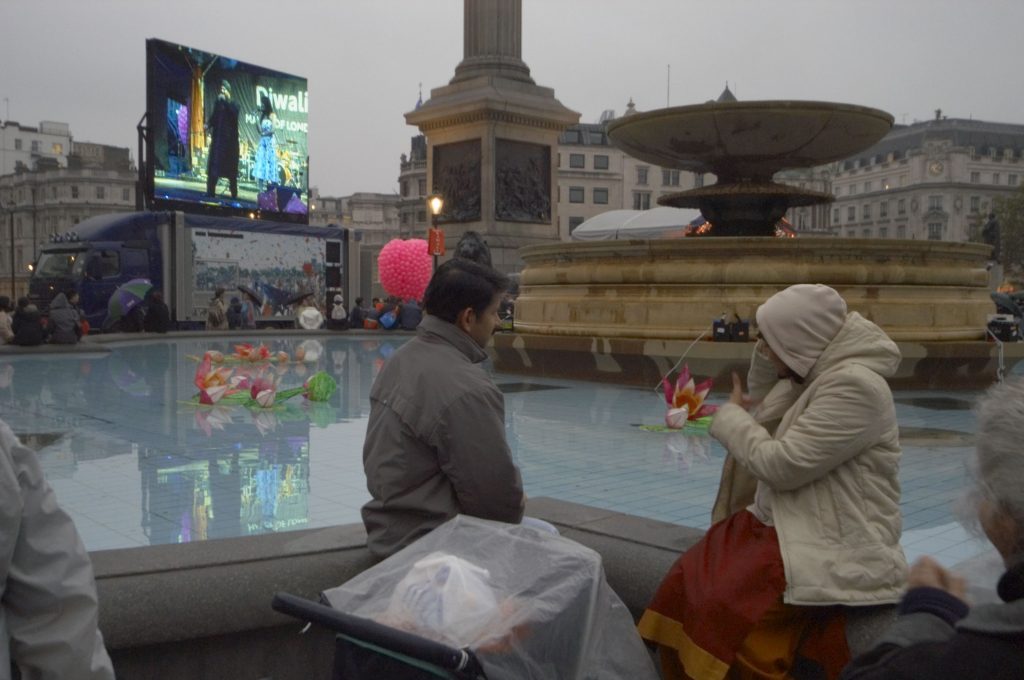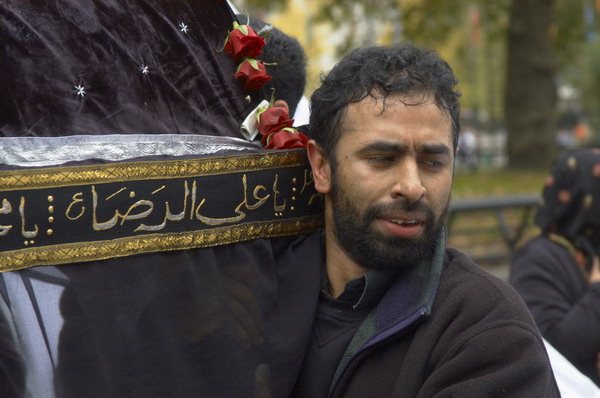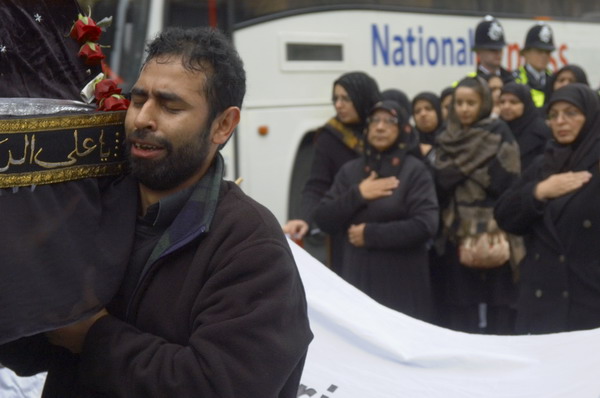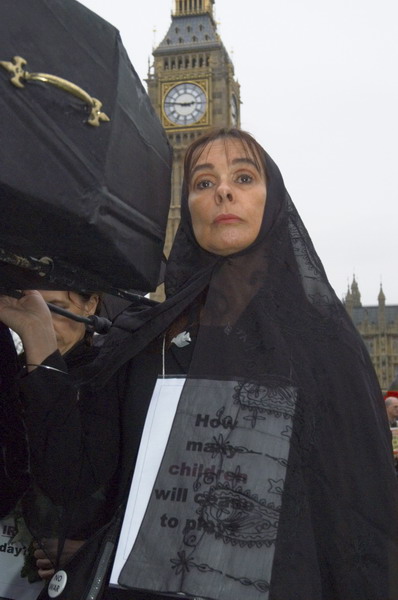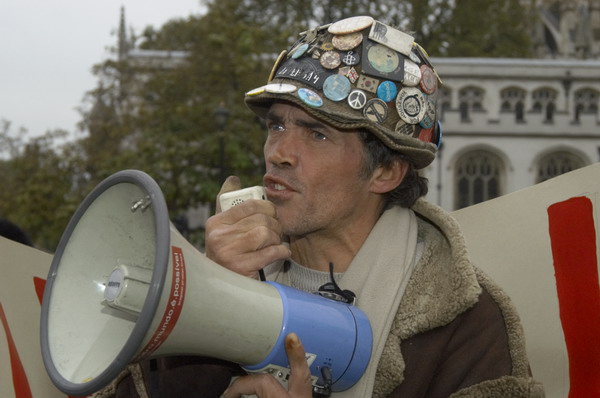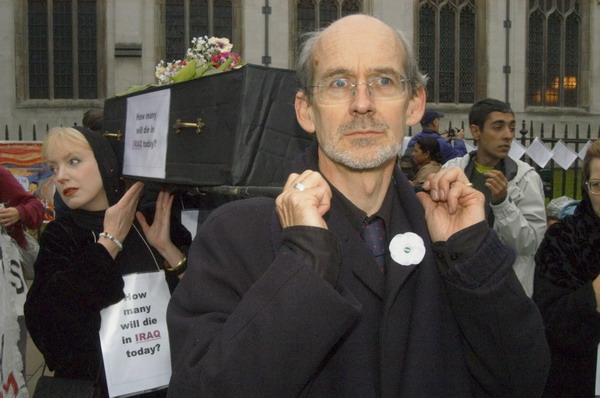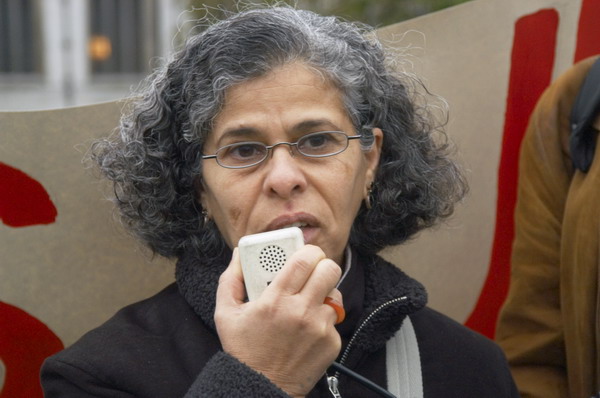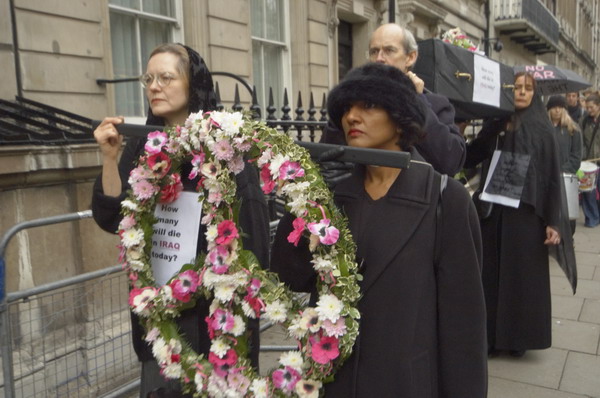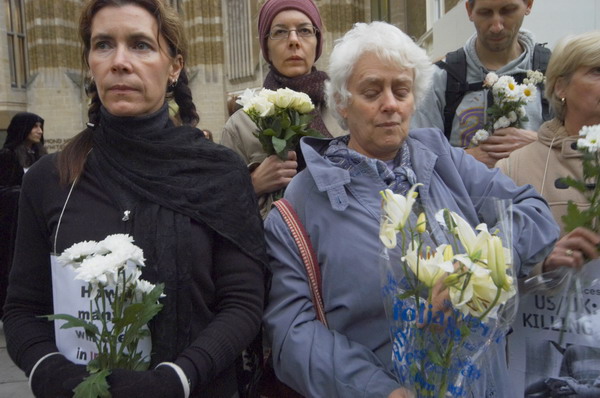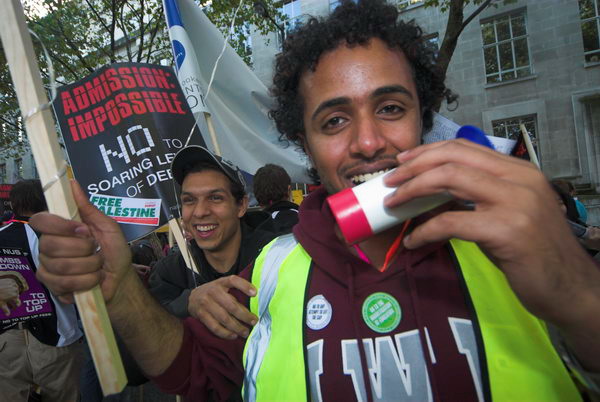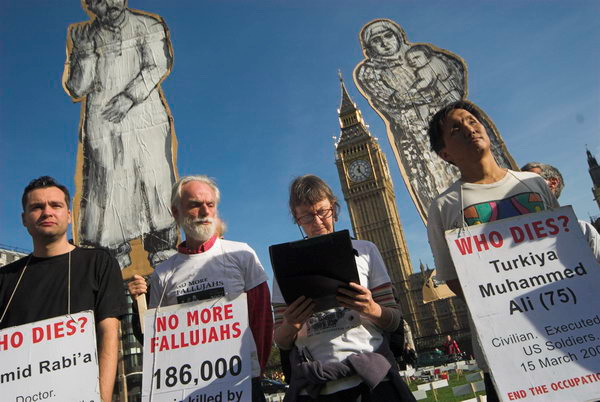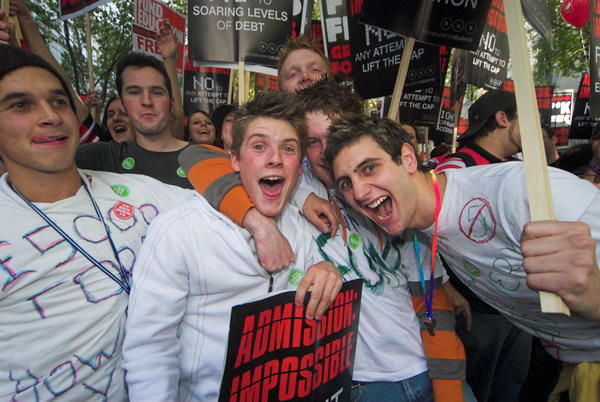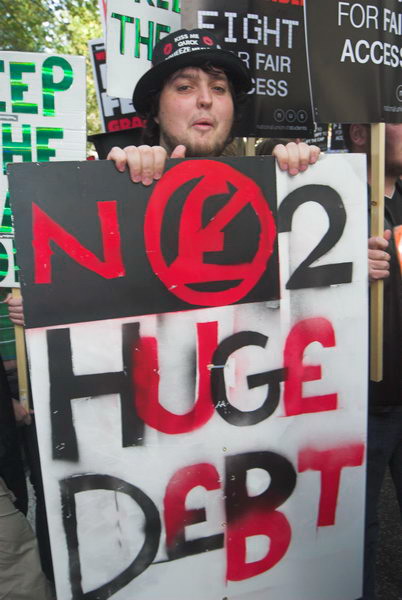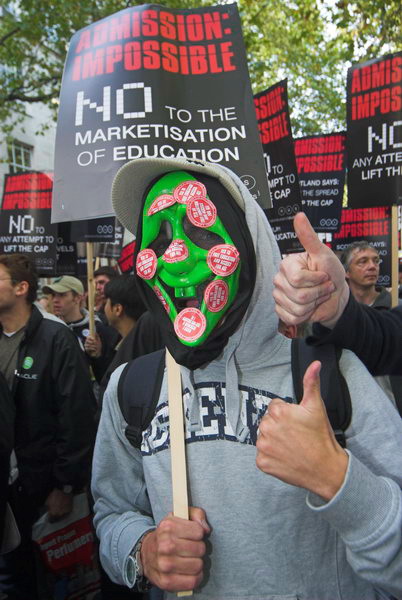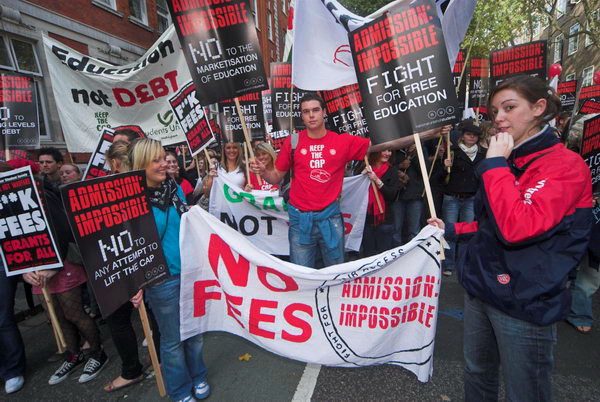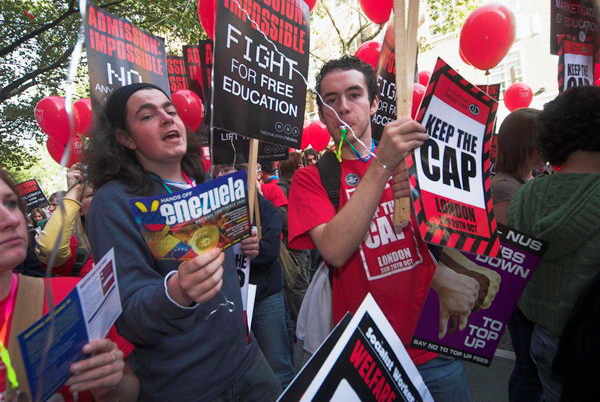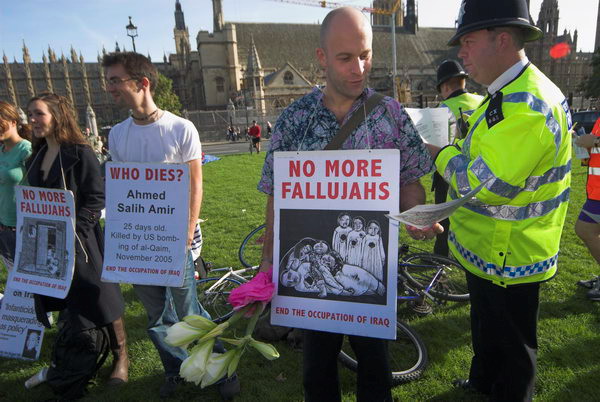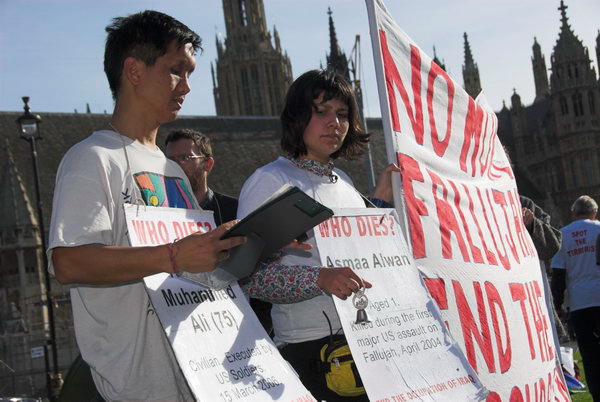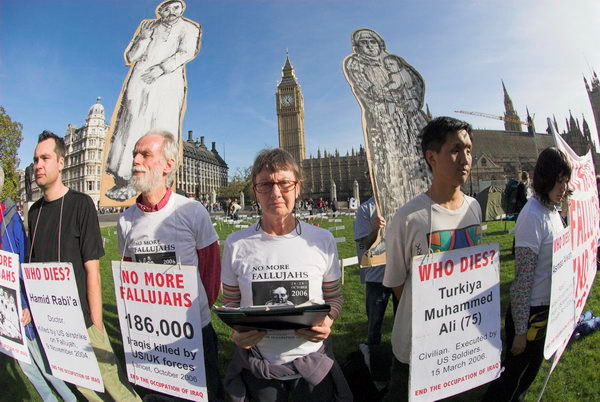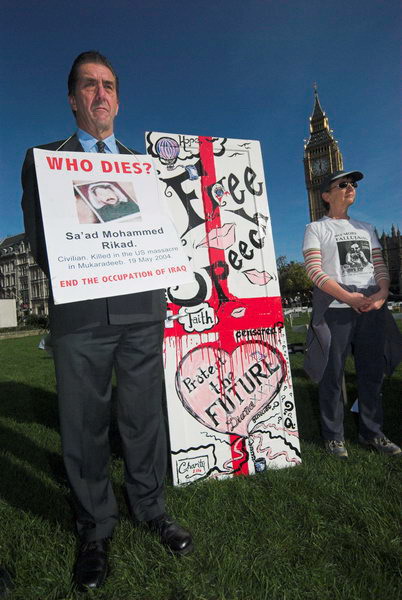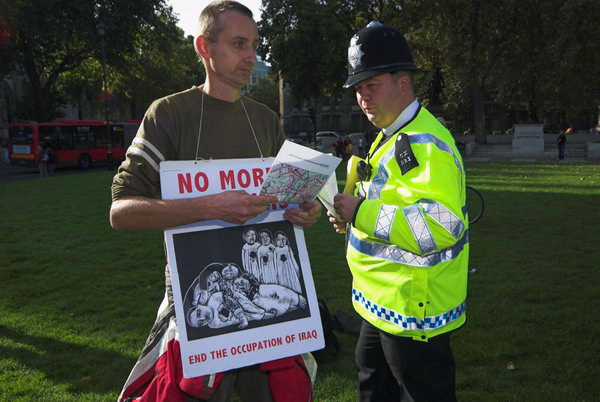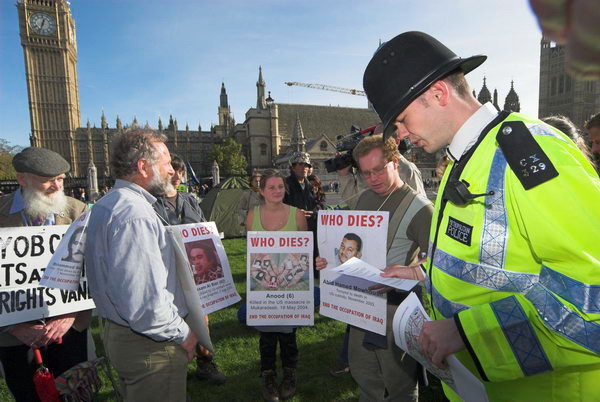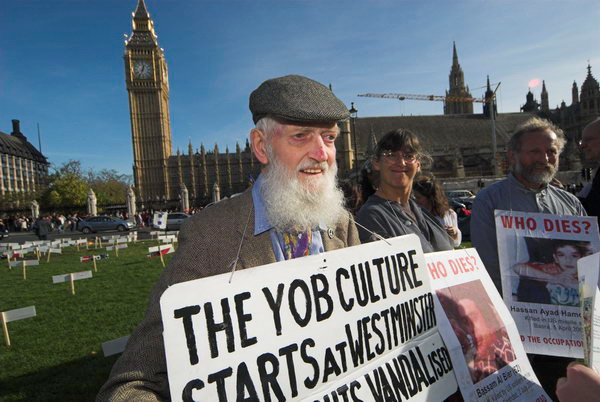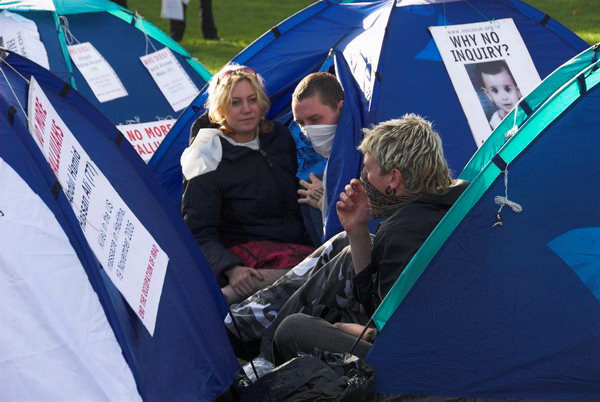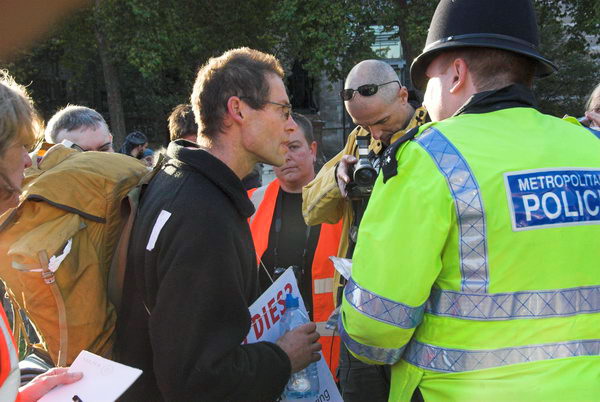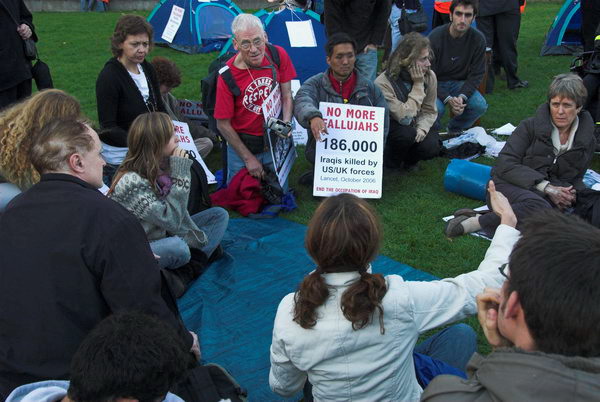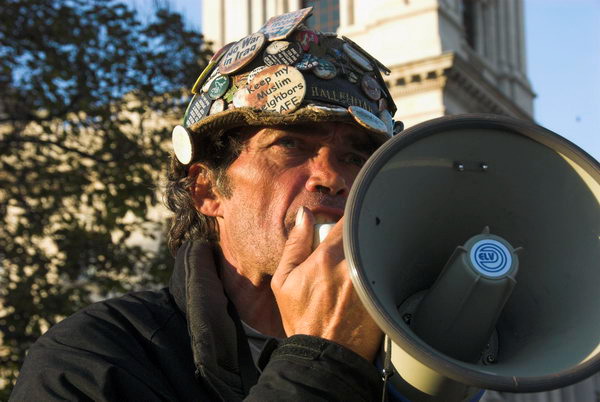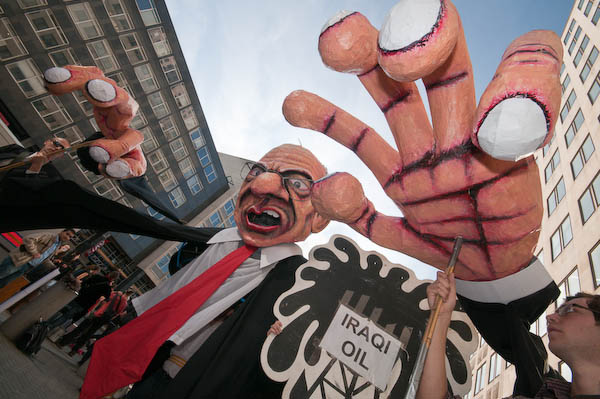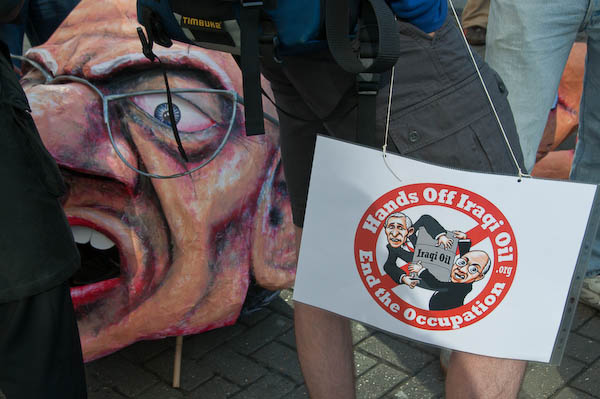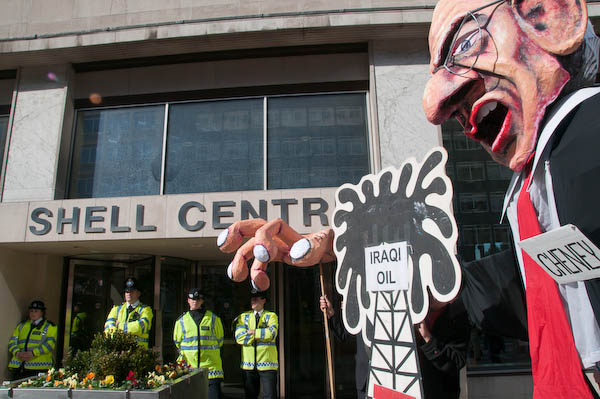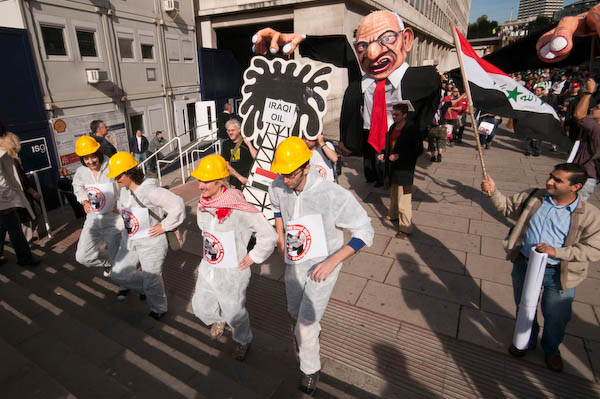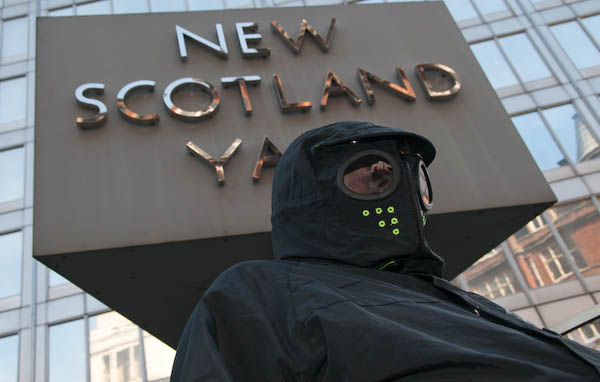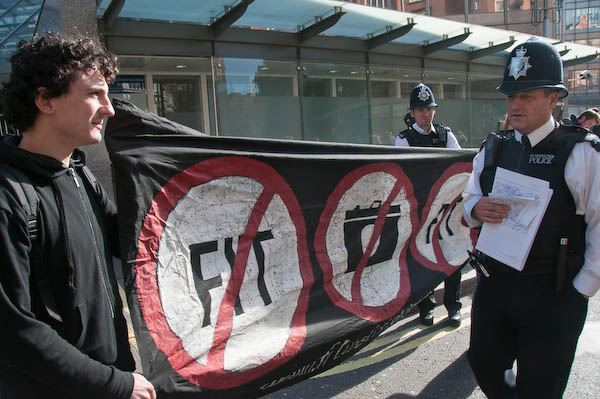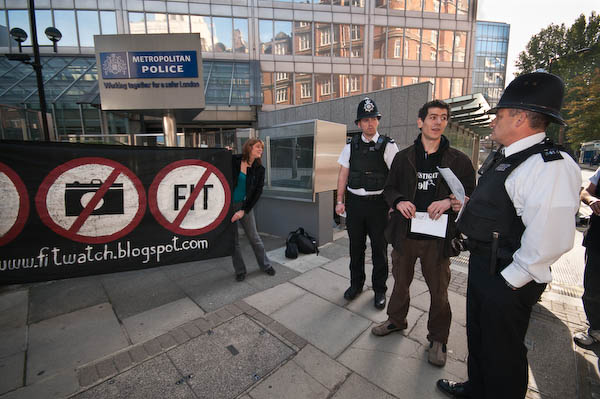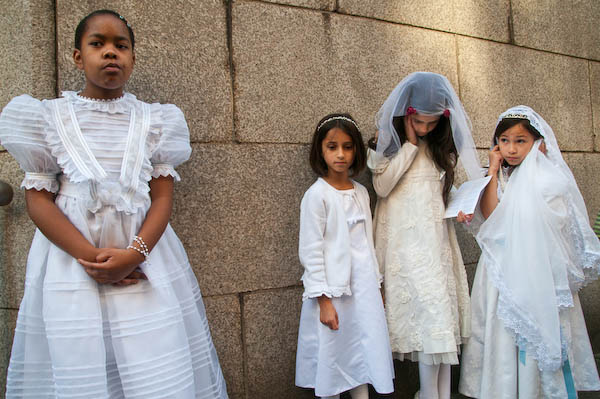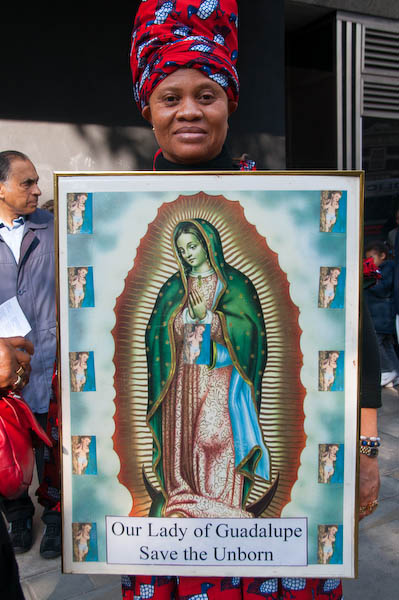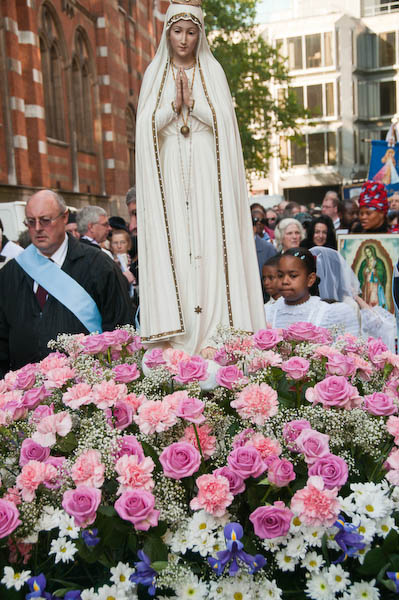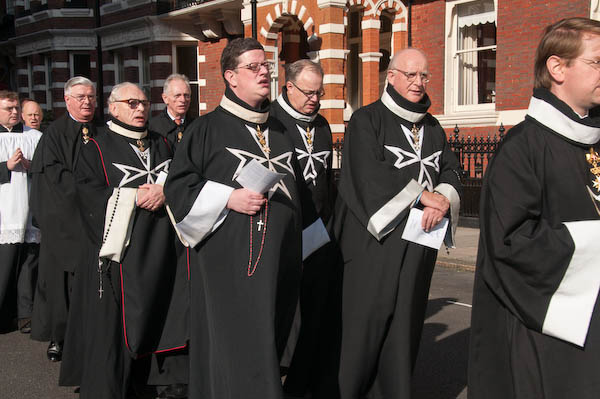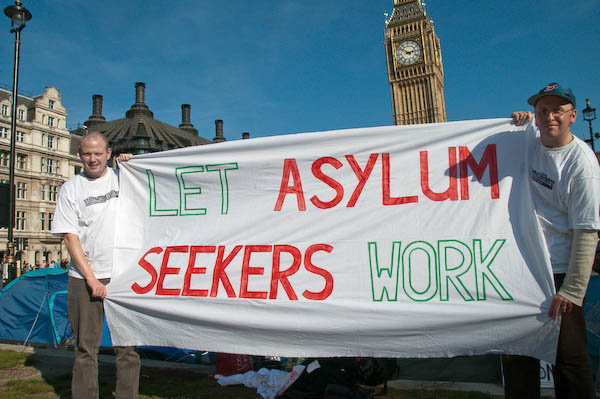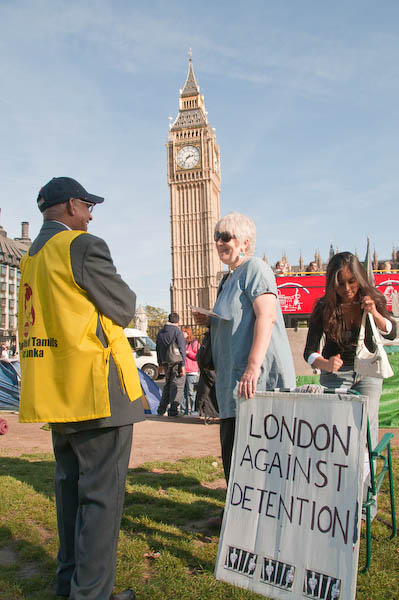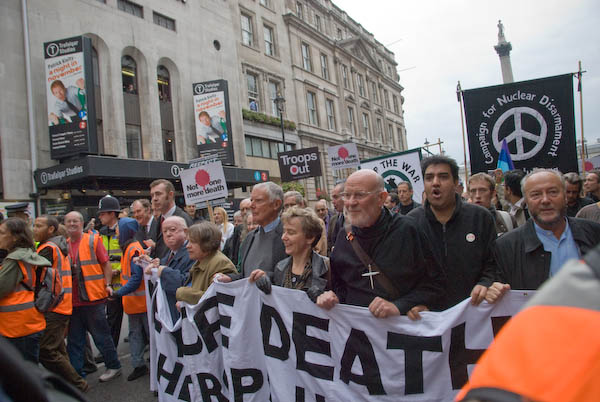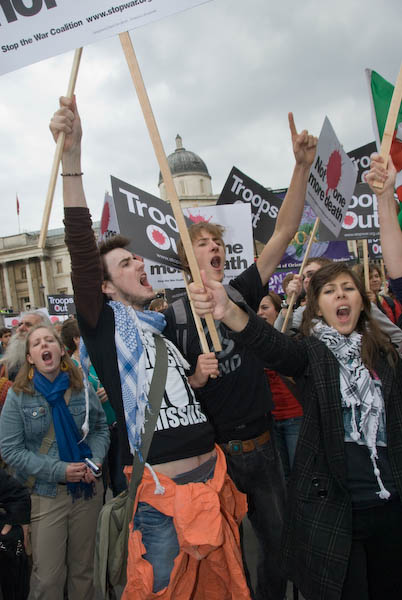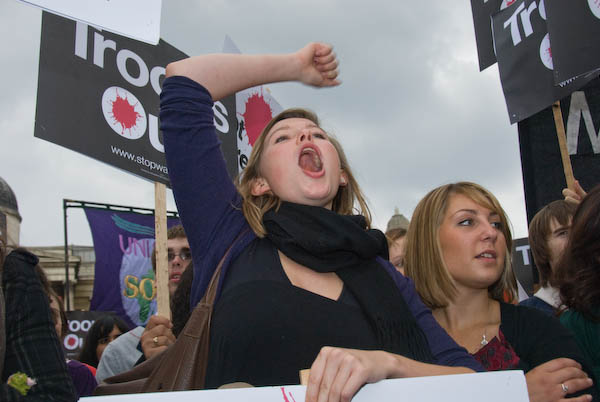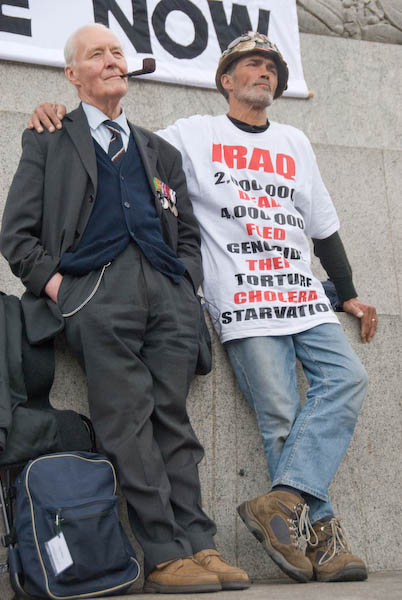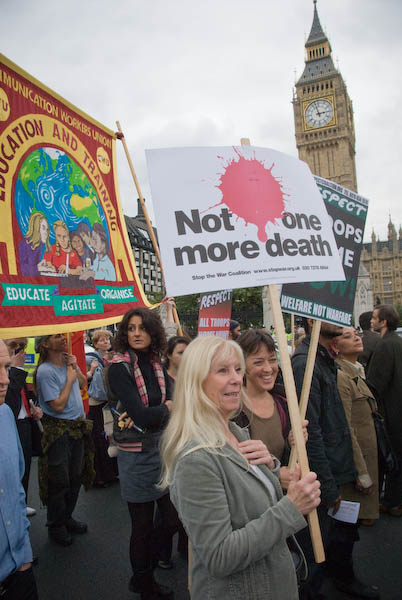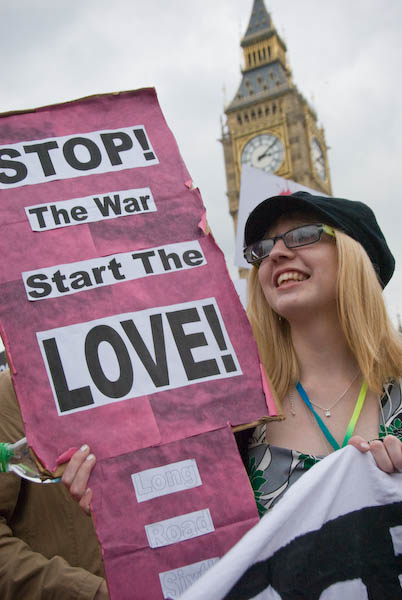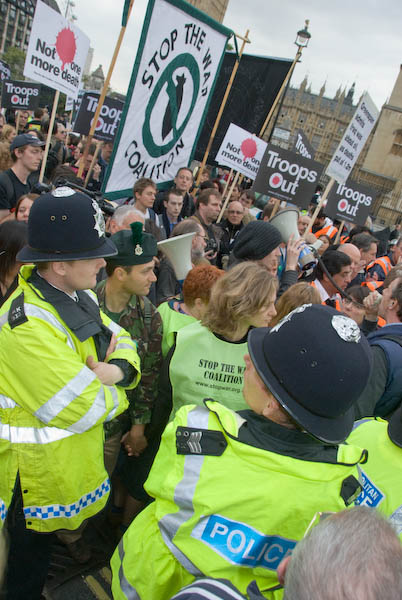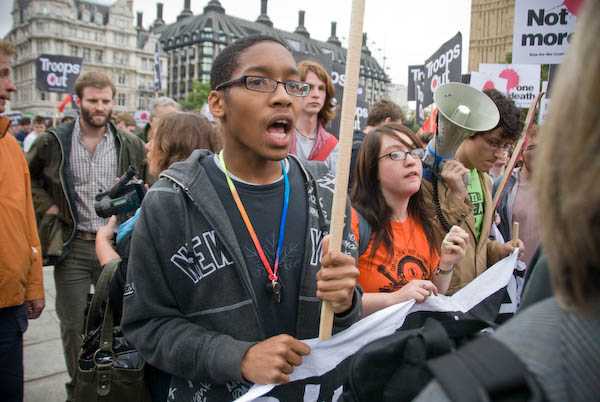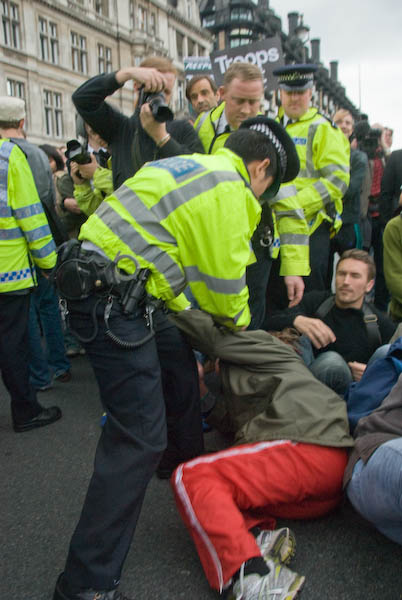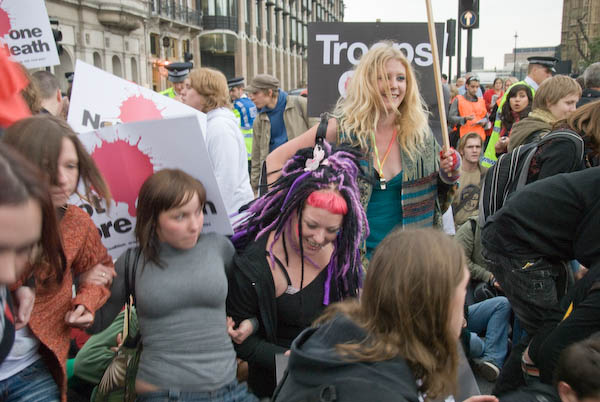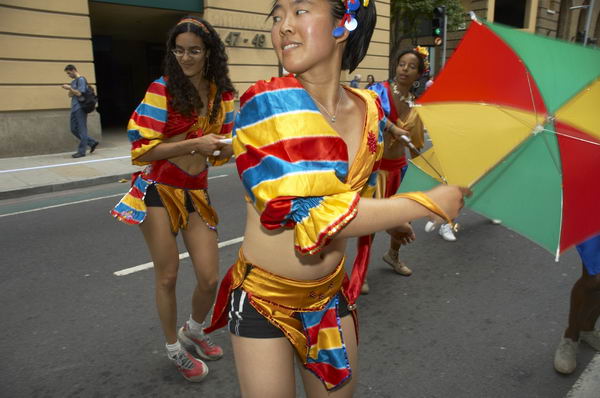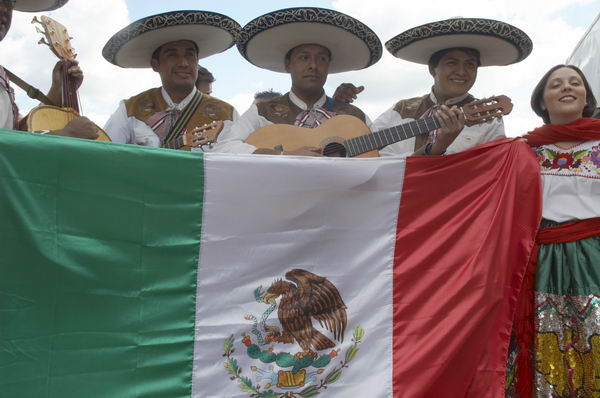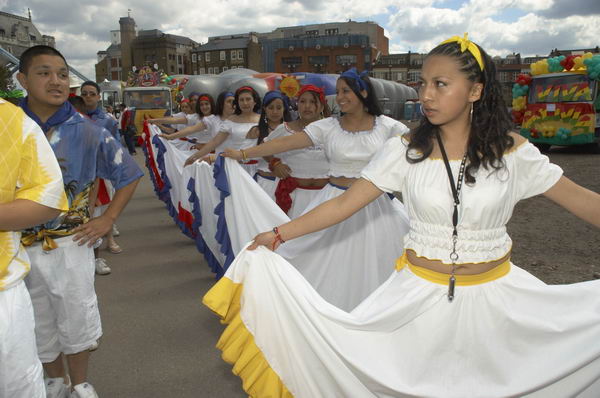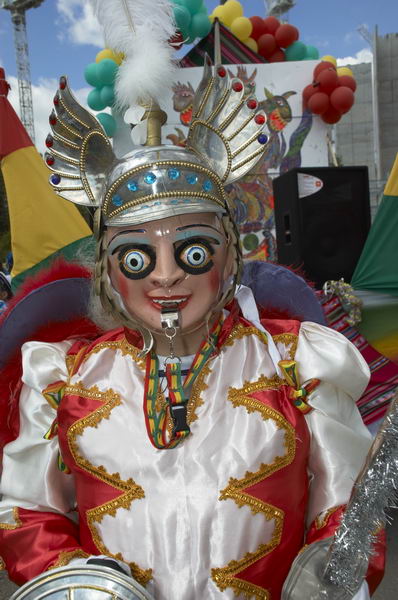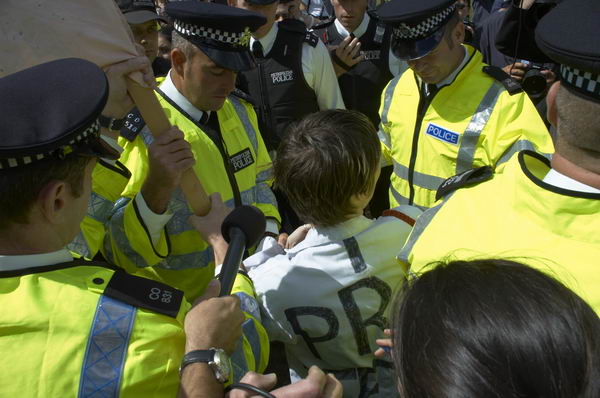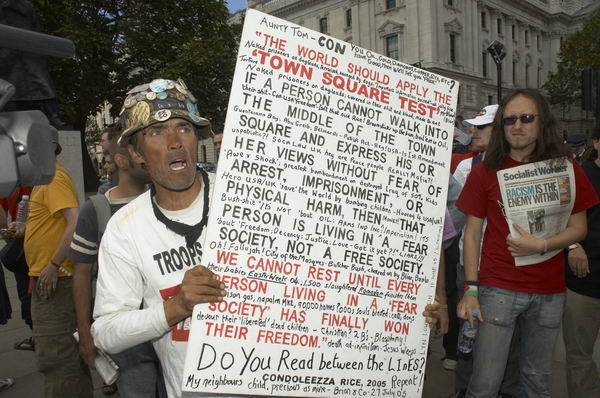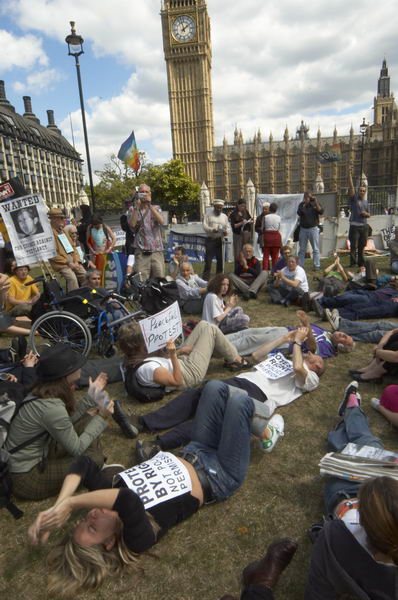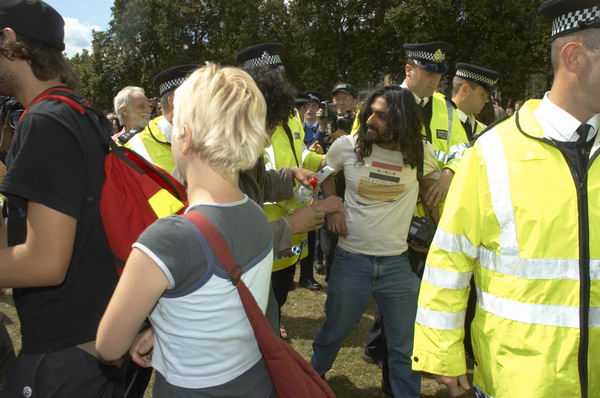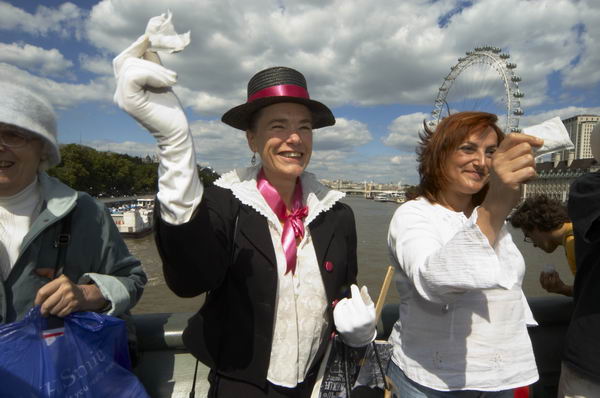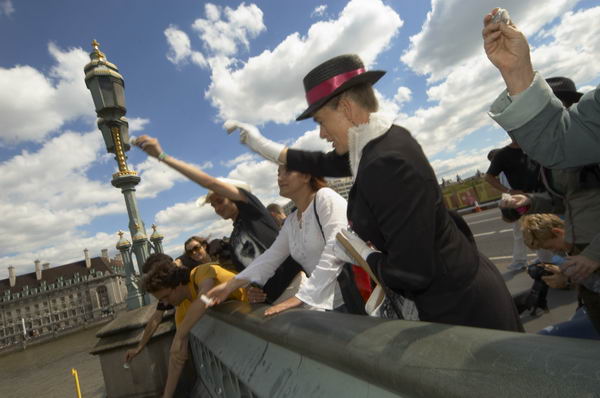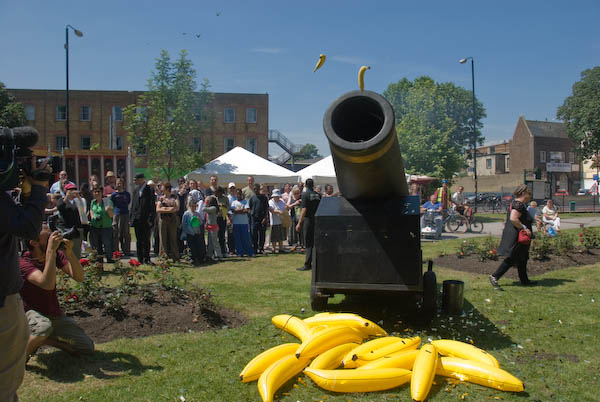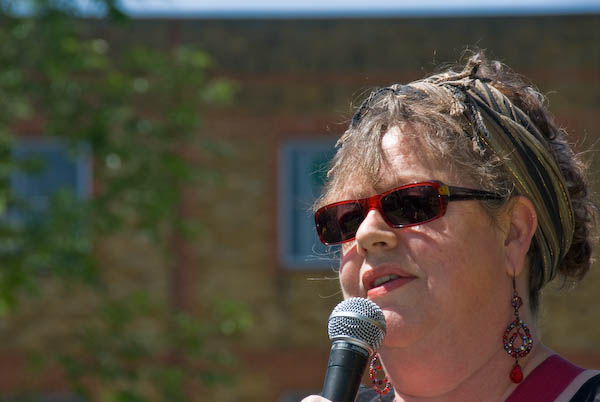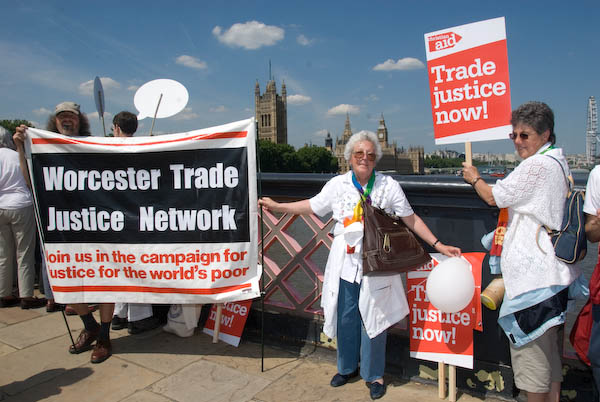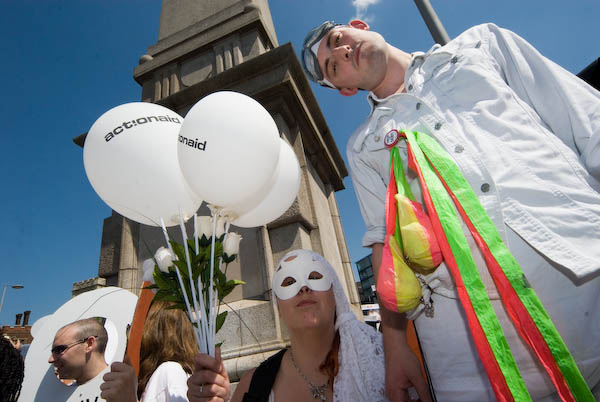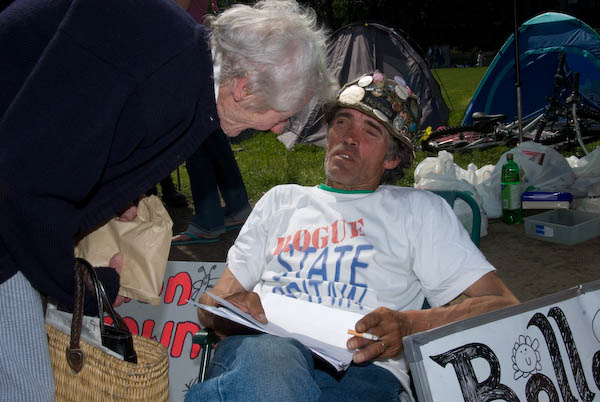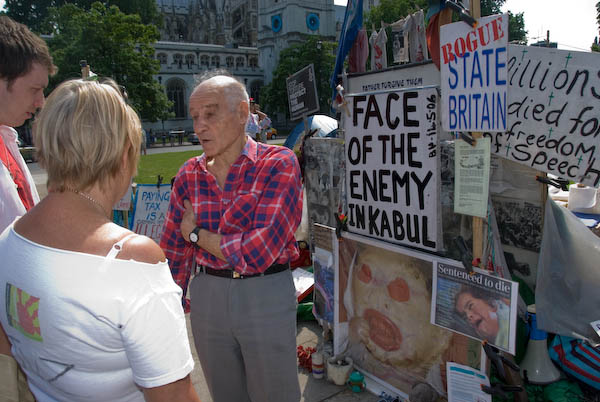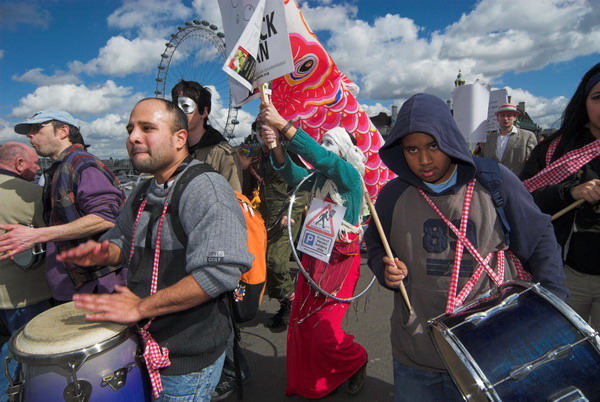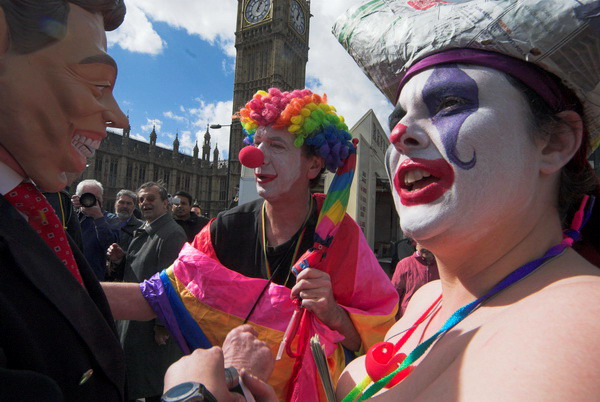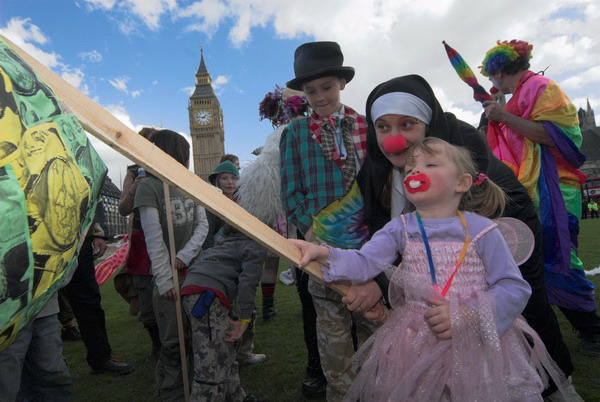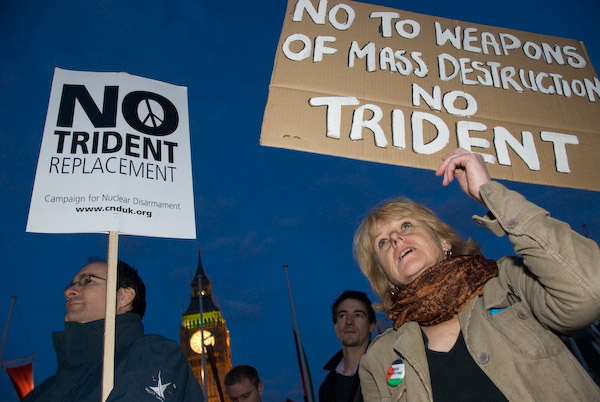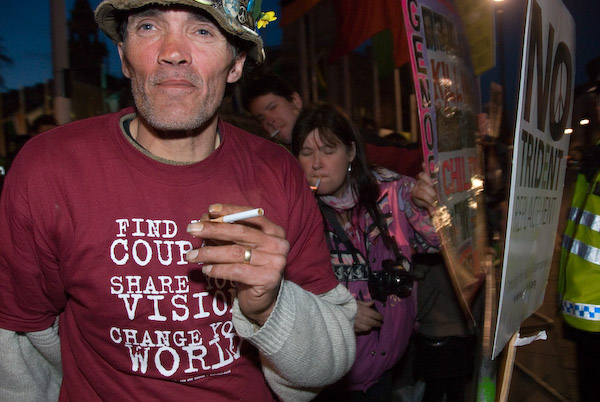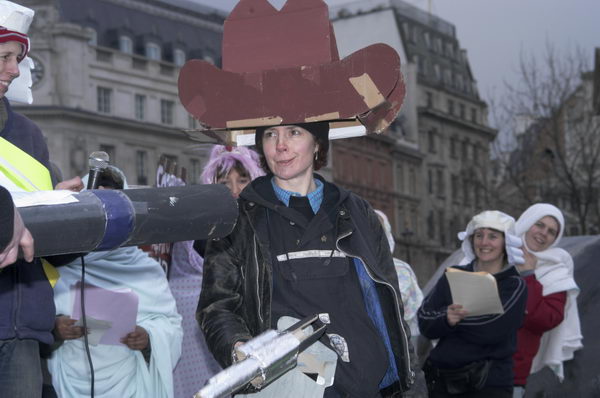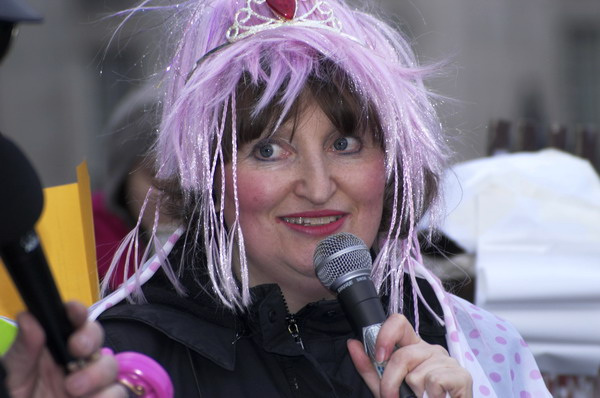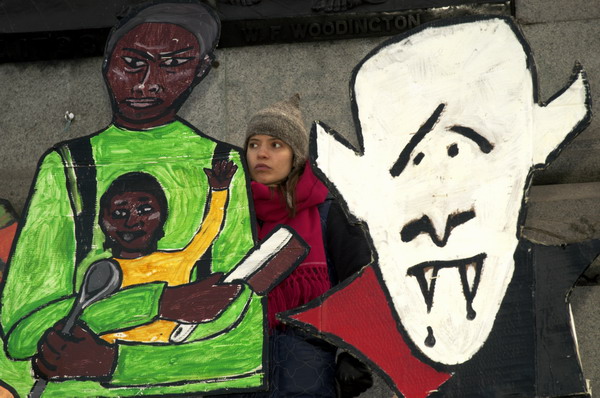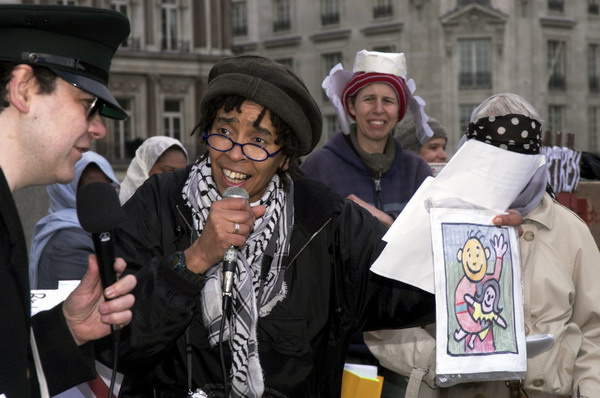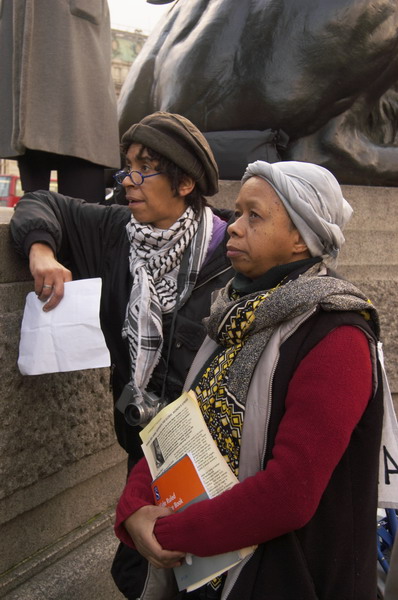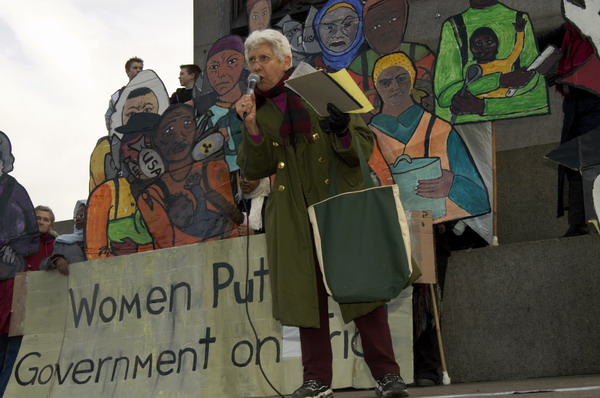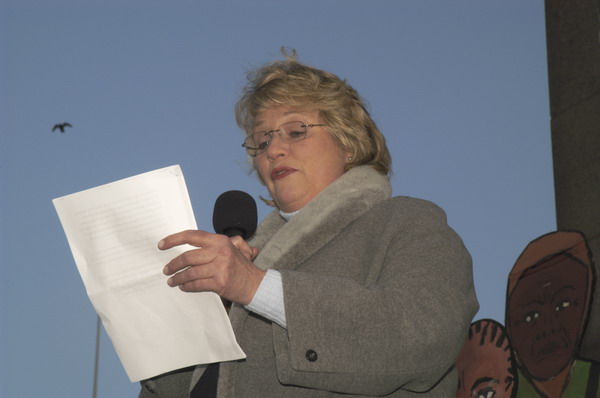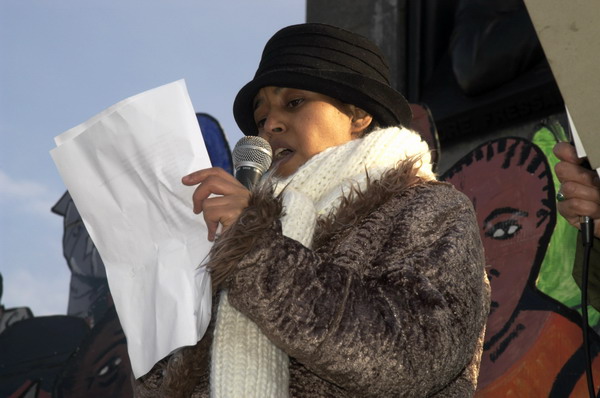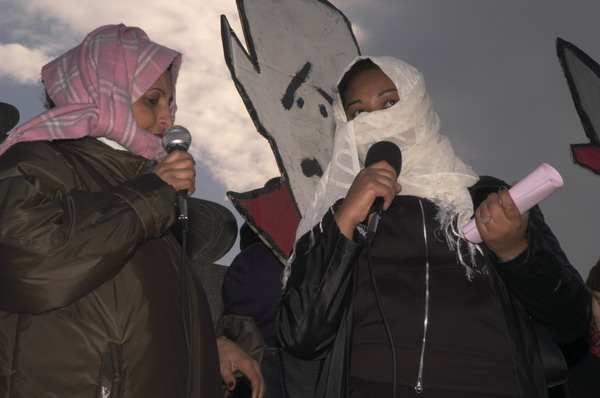Antifa Remember Carlos, TOTAL, Musharraf & More: I spent Saturday November 24th 2007 travelling around London to photograph protests. On the South Bank, anarchists were remembering Carlos Presente killed by fascists in Madrid earlier in the month, protests were taking place at TOTAL garages across the country for their support for the repressive Burmese regime – and I went to several of those in London. Pakistanis protested at Downing Street against President Musharraf and there were a number of protests in Parliament Square. Below are a few of the pictures and the text I wrote in 2007, with links to more images.
Antifa Remember Carlos Presente
Jubilee Gardens
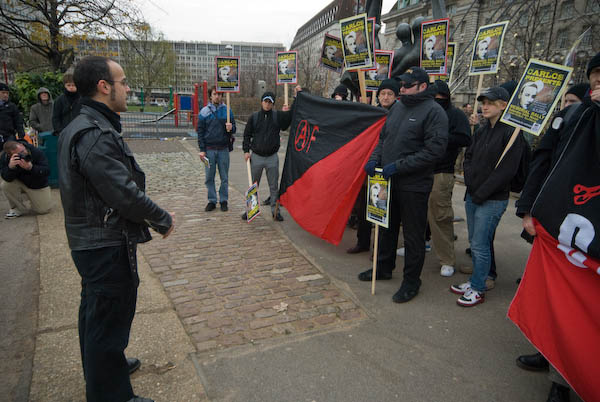
Carlos Presente was only 16, but was already active in opposing fascism in his native Spain. Along with other antifascists, he had stood on the street to defend one of Madrid’s multiracial working class areas when Nazis held an demonstration against immigrants.
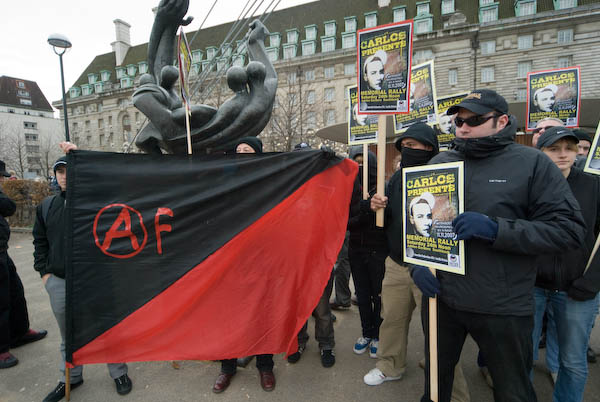
After the demonstration on 11th November, 2007, Carlos and a comrade were attacked and stabbed while waiting on an underground platform by one of the fascists who had been demonstrating. The hunting knife went through his heart and he bled to death.

The Anarchist Federation – IFA and Antifa Britain held a short memorial rally to honour Carlos. Fittingly it was at the memorial for those who fought against fascism in the Spanish Civil War in the 1930s in London’s Jubilee Gardens.
TOTAL Day of Action – London
Kilburn, Kensal Green & Baker St

The French oil company, TOTAL, is the fourth largest oil company in the world, and the largest supporter of the Burmese military regime. Although the media hardly noticed the country before the recent outrages against monks, it has long been one of the most brutal dictatorships around.

It holds over 1300 political prisoners, many subject to routine torture, makes widespread systematic use of forced labour and uses rape as a deliberate policy against women from some of its ethnic minorities.

It also has more child soldiers than any other country and spends roughly half the government budget on the military – and much of that budget derives from TOTAL.

Saturday saw demonstrations across the country against TOTAL garages, urging motorists not to support the repression in Burma by buying from TOTAL. There were at least 11 demonstrations in London, and I went to photograph at three of them, in Kilburn, at Kensal Green and [after photographing other protests below in this post] at Baker Street.

It wasn’t surprising, given the widespread nature of the action that numbers at some garages were small. I left Baker St after an hour – half-way through the demonstration, and more people turned up after I’d gone.
Pakistanis Protest at Commonwealth Suspension
Downing St, Whitehall
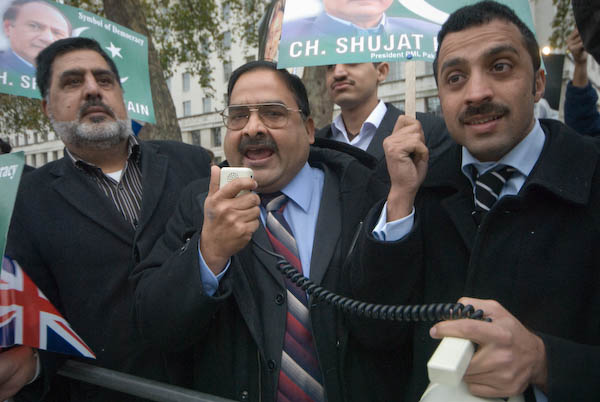
I don’t know what fraction of Britain’s Pakistani population supports President Musharraf. Polls earlier in the year in Pakistan showed that almost two thirds of the population thought he should stand down. Of course there are some here who owe their positions to him, and certainly others who support him.
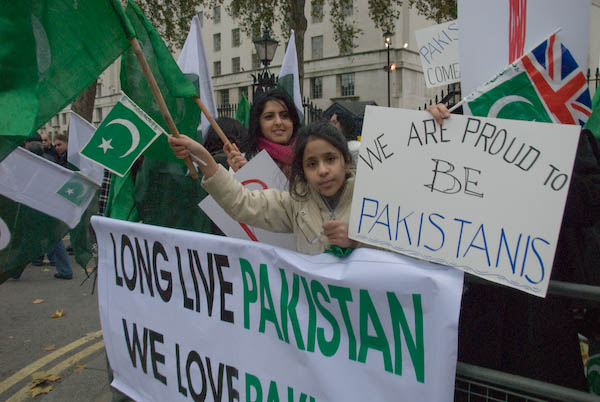
So it was hardly surprising to find a couple of hundred protesters in Whitehall on Saturday afternoon opposite Downing Street following the decision on Friday by a committee of Commonwealth foreign ministers to suspend Pakistan because Musharraf had imposed emergency rule – and then sacked the judges who were about to rule his proposed next term as President unlawful.
Peace Strike and other happenings
Westminster

Cold weather is not kind to batteries, and the overnight frost killed those used for the amplification in Parliament Square, so although some supporters had turned up for the ‘Peace Strike’ the planned starting rally couldn’t take place.

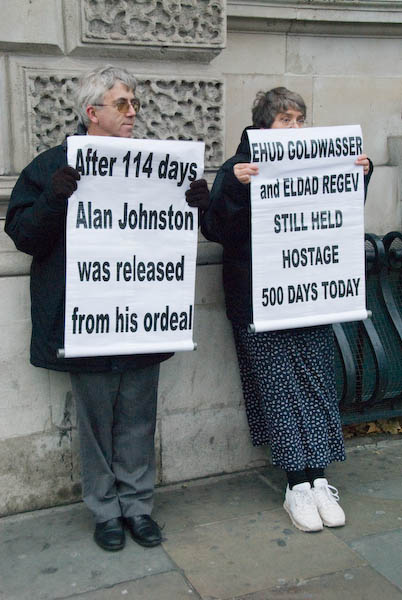
[As darkness fell I made my way to my final protest of the day at the Baker St TOTAL garage.]
Flickr – Facebook – My London Diary – Hull Photos – Lea Valley – Paris
London’s Industrial Heritage – London Photos
All photographs on this page are copyright © Peter Marshall.
Contact me to buy prints or licence to reproduce.
